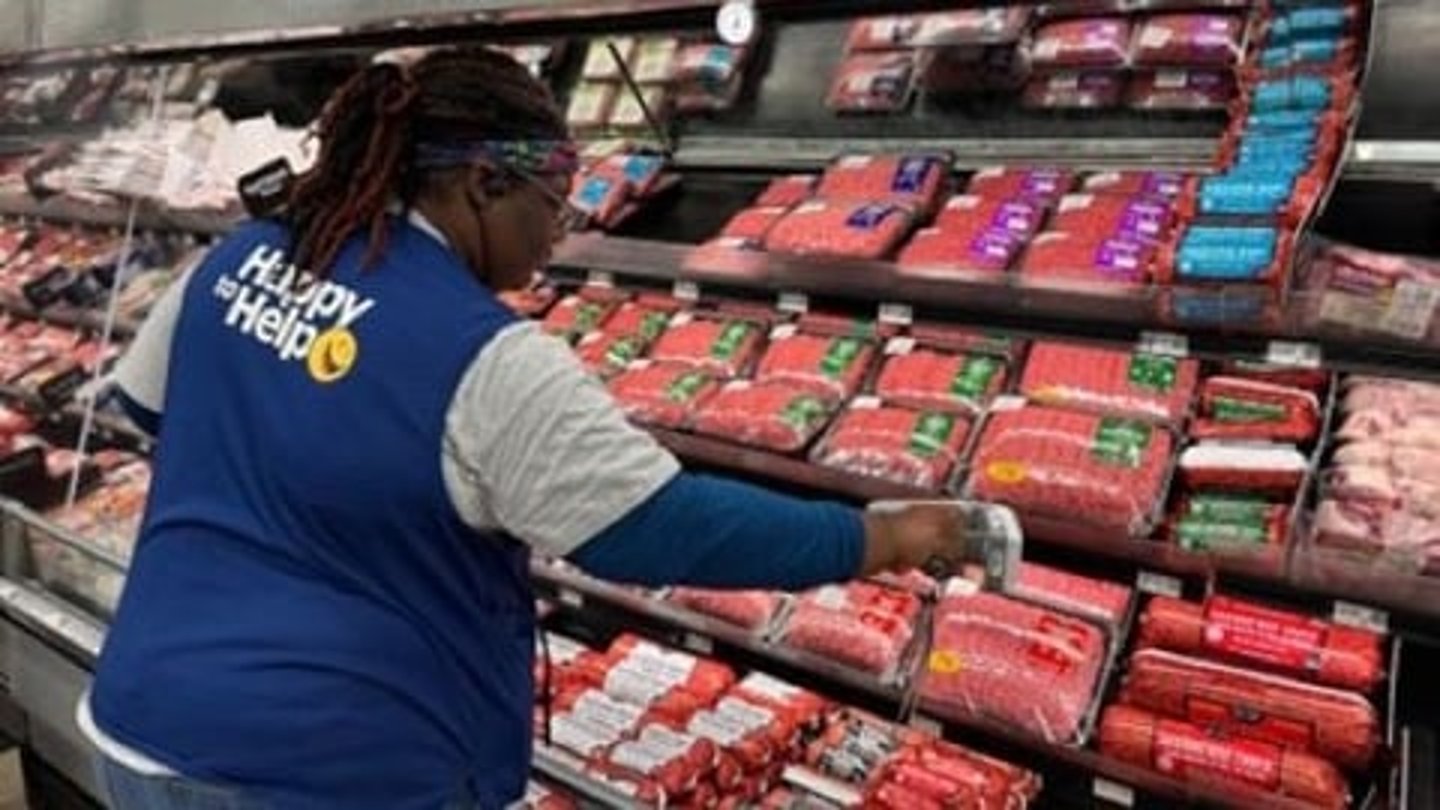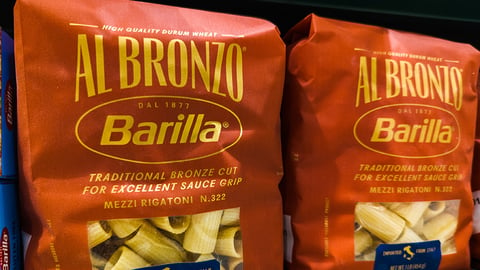Walmart Tackles Food Freshness Challenge With RFID Investment
Walmart has set a new benchmark for grocery innovation by solving one of the toughest problems in food retail: how to digitally track freshness in the perimeter.
The company is working with Avery Dennison to use breakthrough RFID sensor technology capable of functioning in high-moisture, cold environments such as meat cases — an innovation long considered impossible. The new solution gives every item in the meat, bakery and deli departments a digital identity, enabling store associates to track freshness, rotate products more efficiently and make smarter markdown decisions — all while reducing food waste and improving on-shelf availability.
For grocers and fresh-food brands, the implications go far beyond Walmart’s aisles. The RFID advancement marks a new era of automated item-level visibility in categories that have historically relied on manual tracking. It represents a step-change in how retailers can balance freshness, sustainability and labor efficiency — issues that have become mission-critical across the food retail landscape.
“This takes an operation that used to take hours a day down to minutes,” Julie Vargas, VP and general manager of identification solutions at Avery Dennison, tells Progressive Grocer. “Associates can instantly see what needs to be marked down, what needs to be pulled, and what needs to be restocked. It’s a game-changer for efficiency, accuracy and sustainability.”
In stores, the system’s simplicity is also what makes it revolutionary. Instead of manually checking every label, Walmart associates now use RFID-enabled handheld scanners — or “magic wands,” as Vargas called them — to instantly detect which items are approaching their sell-by date.
“Anyone who’s ever done inventory knows counting isn’t our favorite thing,” Vargas said. “Now, instead of picking up every steak to check its date, associates wave the wand and get a precise list of what’s ready for markdown or needs to be removed.”
That automation dramatically improves accuracy and freshness, while reducing labor hours to give associates more time to help customers. The innovation is also laying the groundwork for richer data insights across the food value chain.
“With AI and large language models, what we can do with this data — and how fast — is accelerating,” Vargas explained. “Item-level freshness and origin data will help retailers improve forecasting, replenishment and even sustainability reporting.”
A version of this article first appeared on the site of sister publication Progressive Grocer.




